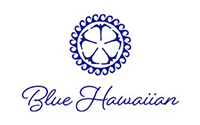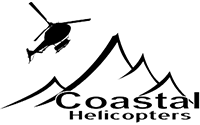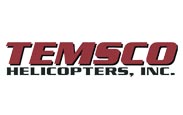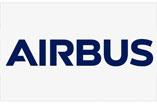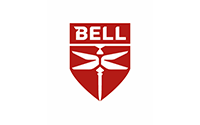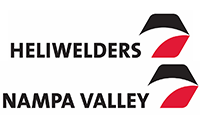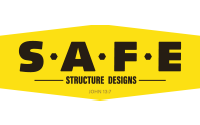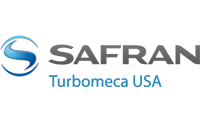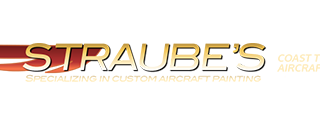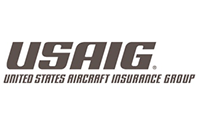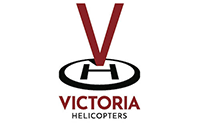TOUR PASSENGER
TOPS members are required to equip all aircraft with Emergency Locator Transmitters (ELTS).
TOPS members are required to carry aircraft flotation equipment on all extended flights over water to accomplish a safe emergency water landing.
TOPS members are required to equip each passenger and pilot with an approved personal flotation device for all flights over water.
TOPS members are required to equip their aircraft with visibility enhancing equipment such as flashing landing lights, high-visibility rotor blades and strobe lights.
TOPS members are required to carry equipment to meet federal regulations governing night VFR instrumentation for recovery from adverse weather conditions.
TOPS goes beyond the requirements of the Federal Aviation Regulations (FARs) for Part 91 and Part 135 operations, under which most tours are conducted. The following table illustrates some of the TOPS safety requirements that exceed FAA regulations.
|
|
FAR |
FAR |
|
| Required Safety Program | |||
| Annual Safety Audits | |||
| Designated Safety Manager | |||
| Human Factors & Aeronautical Decision Making Training | |||
| Ongoing Safety Training | |||
| Pilot Requirements of 1,000 hrs. flt. time and typical terrain experience | |||
| Minimum enroute altitude of 500 feet above ground level | |||
| Minimum of 1 mile visibility | |||
| Maximum angle of bank (30) and pitch (10) with smooth transitions | |||
| Avoidance of the height-velocity curve | |||
| 3 year experience requirement for A&P mechanics | |||
| Maintenance factory training requirement | |||
| Mechanic annual training requirement | |||
| Emergency Locator Transmitter required (ELT) | |||
| High visibility rotor blades and flashing landing lights | |||
| Aircraft instrumentation required to night visual flight rule standard | |||
| Specialized ground support personnel training |
When you fly with a TOPS member operator, you can be assured that your safety is our first priority.
TOPS member operators are certified as FAR Part 135 Operators
The Federal Aviation Administration (FAA) allows air tour operators to provide “tour” flights under two different sets of rules, Federal Aviation Regulations (FARs) Part 91 and Part 135 (named for the section in the FAA rules the aircraft operators must follow).
Part 91 was written to regulate operations for small non-commercial aircraft and focuses mainly on operating parameters, such as weather and airspace. A tour operated under Part 91 is allowed, but must be non-stop, begin and end at the same location, must be conducted within a 25-mile radius of the airport, and be approved via a letter of authorization from the local FAA office for “sight-seeing”. How the flight is conducted, experience and skill of staff, and equipment required for the aircraft is limited to basic flight rules, as, again, the intent of this part of the regulations was to govern non-commercial operations. Pilots, for instance, are only required to have 150 hours of flight experience – the minimum requirement to receive a commercial license.
In contrast, Part 135 rules are written to govern commercial operations, such as professional tours, charter and air taxi. These operations have very detailed and strict operational requirements. Additionally, they must adhere to legal aspects as well as much higher standard of safety requirements than Part 91 operated aircraft. Pilots must also go through more training than those flying for a Part 91 operation.
Part 135 to the next level
TOPS takes the FAR Part 135 rules to the next level! In addition to requiring operators to operate under Part 135, the program includes many additional safety and operational requirements above and beyond the FAA rules, and is constantly enhancing its requirements in a dedication to continuous improvement. Due to this added layer of safety focus, here is what you can expect from a TOPS operator tour:
- Your flight will not be conducted as a thrill ride – the maximum angle of bank (turns) must be less than 30 degrees and pitch (nose up or down) must be less than 10 degrees, with smooth transitions.
- All aircraft are equipped with Emergency Locator Transmitters (ELTS).
- All aircraft have flotation equipment on all extended flights over water to accomplish a safe emergency water landing.
- Each passenger and pilot will have an approved personal flotation device for all flights over water.
- All aircraft have visibility enhancing equipment such as flashing landing lights, high-visibility rotor blades and strobe lights to help other aircraft see and avoid them.
- All aircraft are equipped with instrumentation to assist in recovery from adverse weather conditions.
- All pilots must have a minimum of 1,000 hours of flight experience
- The operator has an active safety program, a designated safety manager and ongoing safety training.
- The operator passes an annual independent safety audit.
- Staff undergo Human Factors and Aeronautical Decision Making training
- All flights are flown at 500 feet above ground level or higher.
- There must be at least one mile of visibility for the flight to be conducted.
- Mechanics have at least three years of experience on the type of aircraft or a combination of experience and factory training and receive annual training to maintain skill.
- Ground support personnel receive specialized training.
TOPS operators provide unforgettable tours across the United States in seven states. Click on the operator’s name to learn more.
Alaska
Coastal Helicopters – Juneau
NorthStar Helicopters – Juneau
Temsco Helicopters – Juneau, Skagway, Denali
Arizona
Papillon Grand Canyon Helicopters – Grand Canyon
Hawaii
Blue Hawaiian Helicopters – Maui, Hawaii, Kauai, Oahu
Nevada
Papillon Grand Canyon Helicopters – Boulder City, Las Vegas


